On my third trip to Namibia I’ve set out to get as much accomplished as possibly. My first week was an interesting one, but great none-the-less.
To learn more about my overall trip to Namibia and donate to the cause please visit this link (and enter to win a 20×30″ canvas):
http://igg.me/at/wheelsofchange/x/6007833
The Beginnings:
My first few days in Namibia were spent in Windhoek with Keith Sproule, a friend of mine and currently working with the World Wildlife Fund. I won’t bore you all with these details, it was mainly about planning for the week ahead and trying to catch up on some jet lag.
The Hitchhiker
Week one of real adventure was to head to Grootberg Lodge in the Damaraland (northwestern Namibia). With the help of Keith I managed to get a ride to Outjo (about a four hour drive) from a man named Asser, a conservancy leader. This was an interesting journey as we left town midday only to stop just outside of Windhoek to pick up some more hitchhikers that rode in the back of the truck to Outjo. We waited half an hour or so, and in the meantime I made numerous new friends at the hitchhiking stop. Including one man who wanted to remind me, “Not all Africans are topless and barefoot, some of us like Nike and the big clothing brands” he said with a big grin on his face. Before reaching Outjo we stopped in Otjiwarongo and Asser told me he’d be right back. 45 minutes later he came back from apparently grocery shopping. Upon arrival in Outjo I hitched a ride with the manager of Grootberg Charl. I finally arrived in Grootberg late in the night, because of my precarious mode of travel I earned the nickname “The Hitchhiker” from a few of the staff.
The Grootberg
Grootberg Lodge sits atop the Plateau looking down at the Klip River Valley on the ≠Khoadi //Hoas Conservancy. This conservancy is revolutionizing the way Namibia does wildlife conservation. Many lodge/conservancy relationships is based on the lodge renting the land from the conservancy and paying a percentage back to the conservancy. But Grootberg Lodge is the only lodge actually owned by the conservancy with all of the profits benefiting the conservancy! The wildlife of the ≠Khoadi //Hoas Conservancy is an ongoing success story. It was one of the first conservancies to reintroduce Black Rhino and the numbers are steadily increasing while Black Rhino numbers all over Southern Africa are dropping. To learn more about the conservancy, please click this link.
The Week at Grootberg
I traded my photography skills for a week at the Grootberg to help them further market the conservancy. I was also working on a project for the World Wildlife Fund as they are setting up to do a feature on the conservancy’s success. My sleeping arrangements were nothing short of interesting. I slept in the old managers house, a decent walk away from the main area in the heart of lion country. So every night I made the trek across the lion territory most of the time with my roommate for the week, Ryno (seen at right). Ryno was a chef working for the lodge, and an amazing chef at that. Talking to him you would think he’s from California (with an accent) as he spoke with surfer slang and a general laid back attitude.
Part of the deal I worked out with Grootberg was to join any activities that guests were doing. The first activity I joined was rhino tracking down in the valley. The road is rough, really rough, but the experience is always good. After a few hours we finally tracked a momma rhino and calf. The mom’s name is Horn and the calf is unnamed right now. The problem was that they were resting tucked back in some trees and there were no good views. So as we were trying to find better positioning to photograph her she noticed we were there and booked it out of there. We ran back to our truck and raced down the valley in the direction she was heading. Every once in a while we’d jump out and run up a mountain to get another view of where she was heading. Finally a few miles down the valley we found her walking down the riverbed with her calf. We photographed them for a while before we headed back to the lodge.
The second activity I took part in was visiting a local Himba village. The Himba people are a very interesting a beautiful culture. Unfortunately their numbers are on the decline with many members turning to more modern ways of life. The Himba are a semi-nomadic people, often moving from place to place. The village had only women right now, the men moved with the cattle towards the coast last year because the drought was so bad.
The women have very traditional values and rituals. Daily life for Himba women includes putting on a mixture called “otjize” which is a mixture of ochre and animal fat. Instead of showering the women cover themselves with this red mixture daily and braid their hair with it. And for “perfume” they create a small fire and use the smoke as a sort of perfume.
The other activity I joined was the elephant tracking, which after a few hours we found a large herd of desert adapted elephants. We didn’t get to watch them for long as they were moving out of the area, but it was still really cool to watch from a mountain we ran up to get a better view. Included in the group was a very small baby elephant, unfortunately I didn’t get any great shots of the elephants on this day.
I also visited the Hoada Camp site which is owned by the conservancy as well. At the campsite they want to start offering bicycle tours with bicycles that came all the way from Billings, Montana and my non-profit Wheels of Change! I didn’t get to spend as much time at the campsite as I would like, but it gave me enough time to do an assessment and figure out what the next step to offering bike tours for this site.
The Facebook Ban
A few days ago I posted an image to Facebook from my trip the Himba village. It was an image that I absolutely loved and I had worked hard for. I had set up some off camera lighting (something I’ve never really done) and I felt the image really captured the feel of being there. But of course Facebook didn’t see the image for it’s beauty, but instead as a violation of western culture. The image became deleted and I was handed a three day ban. Yes, a three day ban for simply sharing a different culture than our own. But it’s brought a positive, and that is the outpouring of support I’ve received on Instagram from all of my friends and followers.
So the first real week has been an interesting one, but an amazing week filled with new friends and new memories. I look forward to what the next few weeks will bring to me and the experiences I’ll have. I leave early tomorrow morning for a 12 hour drive to the Caprivi Region (the northeast) where I’ll be staying at a mutual friend’s house for a week before heading to Botswana. So cheers for now, I’ll update everyone when I can!
Dream big,
Andy Austin
Owner/Photographer
Follow me on Facebook | Instagram | Twitter
Recent Posts
- What’s in my bag? An inside look at an adventure photographer’s gear kit.
- Want to take better photos? Put the camera down. [Bozeman, Montana Photography]
- My first week in Namibia and getting banned from Facebook [Andy Austin | Adventure Travel Photographer]
- My last five years as a college football player and a photographer
- Costa Rica: Night Photography with Clouds














































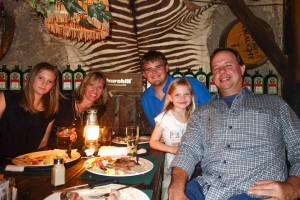
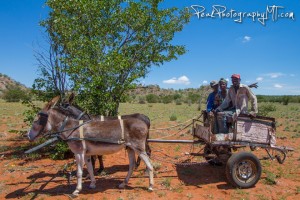

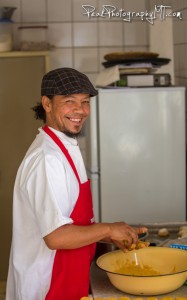
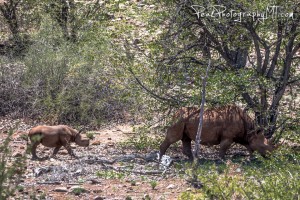
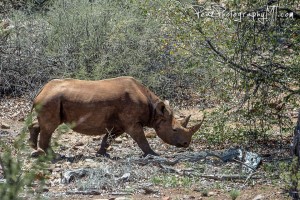
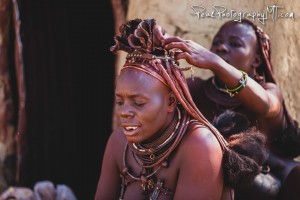

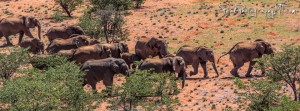
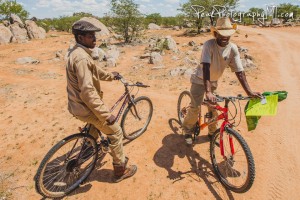
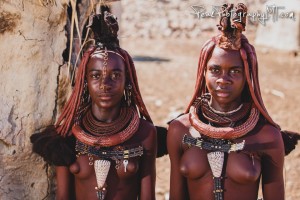

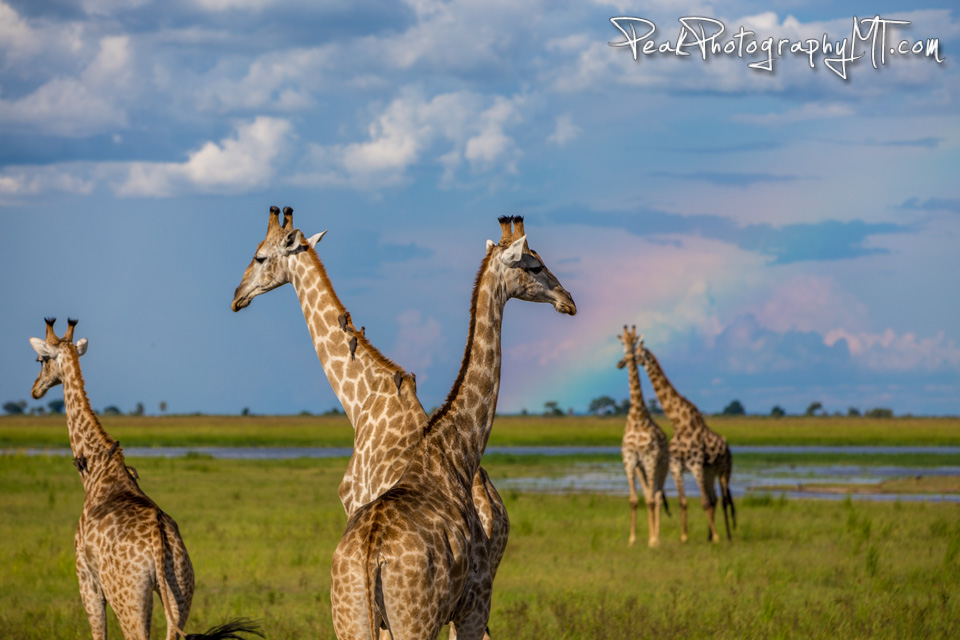
Recent Comments